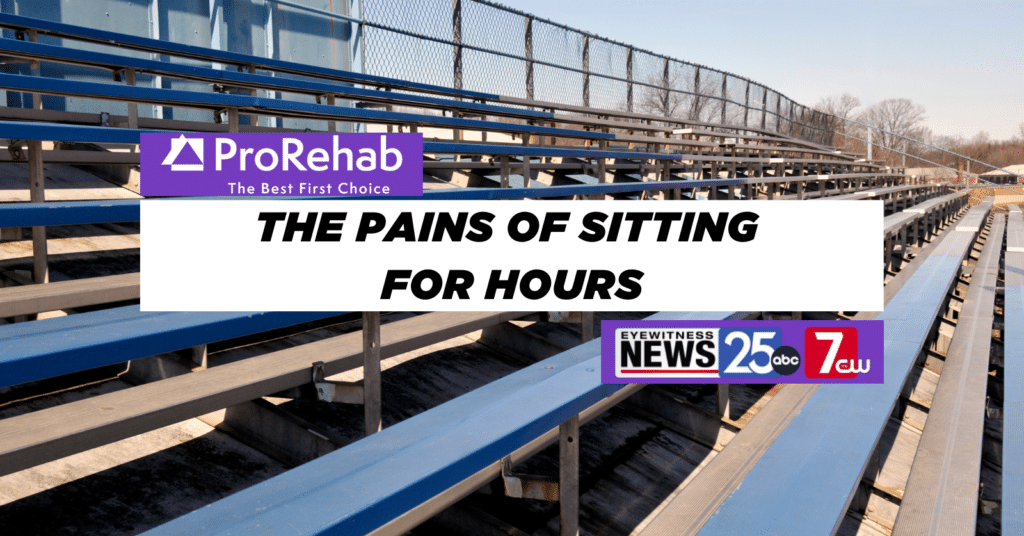Traditionally, when somebody wants to lose weight and become healthy, their first resource is to restrict the diet, going hypocaloric. Great. Next step: add in exercise. What’s easiest? The gym membership that provides you some treadmills, cycling ergometers or stair climbers so that you can get in your 20-30 minutes’ aerobic activity per day.
This is a great plan. It’s cheap, user friendly and yields results. You lose weight but not all of the weight you lose is fat. In fact, research shows us that it’s not uncommon for there to be an equal amount of loss in lean mass (muscle) and fat mass.
I wanted to tackle this debacle after reading a brief article by Bret Contreras, a widely known and renowned strength coach. Here’s a link to the original article:
https://bretcontreras.com/strength-training-is-fat-loss-training/
Here’s the problem though: most of Bret’s clients are bikini or physique models and most of us aren’t. Heck, I’m not even guaranteed that after reading this article you’ll call me up and want to become a client. Therefore, I need to write to the masses providing my opinions, backed by scientific research.
Let’s revisit the steps: 1) go hypocaloric 2) get active, x4-5 per week.
Let’s revise the steps: 1) go hypocaloric and maintain adequate protein intake, maybe about 1.5 g/kg body weight 2) get active, 2-3 resistance training sessions along with 2-3 conditioning (aerobic exercise) sessions.
Why did I modify? Well it’s because of the two most popular reasons people want to lose weight: “I want to be healthier” and “I want to look better”. Getting healthier is covered by the original steps. Looking better is covered by the revised steps.
Research proves my point. A study published in 2010 had subjects reduce their calories by about 10% and encouraged to accumulate 180 min physical activity per week. One group participated in 40 min strength training 3x per week (120 of their 180 minutes) while the other group simply did general activity (walking, cycling, etc)1.
What did they show? Resistance training folks dropped 9 pounds fat mass and increased lean mass by 2 pounds for a net decrease of about 7 pounds. The other group dropped about 1 pound fat mass and 3 pounds lean mass for 4 total1. Woah.
So, another study from 2010 showed similar results. They had four groups: normal hypocaloric, high-protein hypocaloric, normal hypocaloric with resistance training and high-protein hypocaloric with resistance training. Over sixteen weeks, the high-protein, resistance training group lost the most body fat while losing the same amount of lean mass as did the other groups2. Therefore, their body composition improved the most and in time they would “look the best”.
“C’mon Alex. This article is dragging on a little too long. Get to the point.”
Ok, ok, ok. Let me quote Bret for a second here:
“Now, you may lose weight, stay the same weight, or gain weight during your strength training career. But no matter what your scale weight is at, you’ll carry more muscle and less fat if you’re lifting weights compared to if you’re not.”
Well that’s the point, isn’t it? That’s how physique competitors do things (on a much larger scale). They increase lean mass and decrease fat mass while caring very little on what the scale says (their categories are based off height).
Key points (some mentioned above, some that are from my exercise physiology background):
- Strength training favors fat loss and lean tissue gains for the greatest effect on body composition (percent body fat).
- Cardio training alone can reduce fat mass but also lean tissue.
- Lean tissue is metabolically active throughout the day, increasing it increases your caloric burn at rest.
- Aerobic capacity (fitness) still increases during strength training.
- In children, weight loss after 8 weeks strength training was preserved for 16 weeks following cessation of strength training3 (these effects can last).
My current recommendations are 3 strength training sessions per week for about 30-40 minutes and 2-3 cardio sessions for about 30 minutes per week. This is a total of 5-6 exercise incidences, rest for one day. None of this matters though, if you can’t get your ‘house’ in order, that is, the diet.
Now, I’m a sports guy. I know how to train athletes. But to me, strength training is a sport and body weight loss, lean tissue growth, and improved health are the side effects of a well tuned strength program. Feel free to contact me with any questions you may have!
Thanks, Alex
(574) 215-3268
References
- Avila JJ, Gutierres JA, Sheehy ME, Lofgren IE, Delmonico MJ. Effect of moderate intensity resistance training during weight loss on body composition and physical performance in overweight older adults. Eur J Appl Physiol. 2010;109(3):517-525.
- Wycherley TP, Noakes M, Clifton PM, Cleanthous X, Keogh JB, Brinkworth GD. A high-protein diet with resistance exercise training improves weight loss and body composition in overweight and obese patients with type 2 diabetes. Diabetes Care. 2010;33(5):969-976.
- Sgro M, McGuigan MR, Pettigrew S, Newton RU. The effect of duration of resistance training interventions in children who are overweight or obese. J Strength Cond Res. 2009;23(4):1263-1270.




